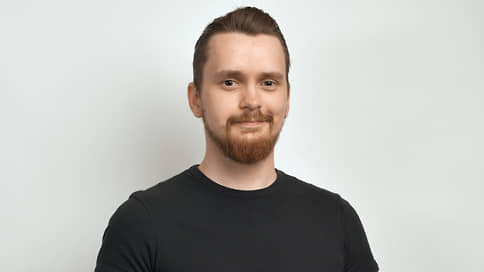Column by Timofey Kornev about competition for software development
[ad_1]

Despite the fact that the number of products in the Russian software registry for 2023 increased from 16 thousand to 18 thousand, companies from various sectors of the economy obviously do not find there a full-fledged replacement for the products of departed Western vendors. To avoid the risks associated with the adaptation of still largely crude domestic solutions, they are developing their own. And then, so that the goods do not go to waste, they begin to sell them on the open market.
Thus, one of the large developers, the Samolet group, announced its own IT platform for managing and automating the entire construction cycle. Services include “Procurement Management”, “Documentation”, “Development Management”, “Design”, etc. The group says that they already have two joint projects with developers from the top 10 category and hope to occupy up to 30% of the market in the segment . But competitors are not lagging behind: PIK and Etalon Group of Companies also announced the creation of similar products.
A trend is also emerging in agriculture: for example, Rusagro has its own IT company, and the Steppe agricultural holding began developing a program for managing business and equipment at the end of 2023.
The interest in creating “captive” IT companies, like that of specialized players, may be due not only to the extensive benefits that they receive if products are included in the Ministry of Digital Development register, but also to the prospect of access to government procurement.
However, my sources and experts claim that in many respects we are talking about completely honest own needs, which have become aggravated with the departure of foreign developers from Russia and are extremely poorly met by external domestic suppliers.
Thus, one of my interlocutors in the IT market explains that in the case of the IT platform of the Samolet Group of Companies, we are talking about additional functionality that is based on the software of the departed Autodesk (an American developer of computer-aided design systems). Developers have repeatedly noted that so far no one in the Russian Federation can replace the company’s solutions.
As a result, a number of similar IT products may appear (and are already appearing) on the market for different sectors of the economy, mainly based on foreign technologies that are promoted by industry companies. And independent developers will have to compete directly with their own potential audience. So far, apparently, independent IT developers are not very worried about these home-grown competitors. Professional market participants have something to do, plugging holes in the mass segment. But over time, “captive” developers can grow up, become stronger and develop quite profitable niches, which will no longer be easy for less specialized market participants to get into.
[ad_2]
Source link





